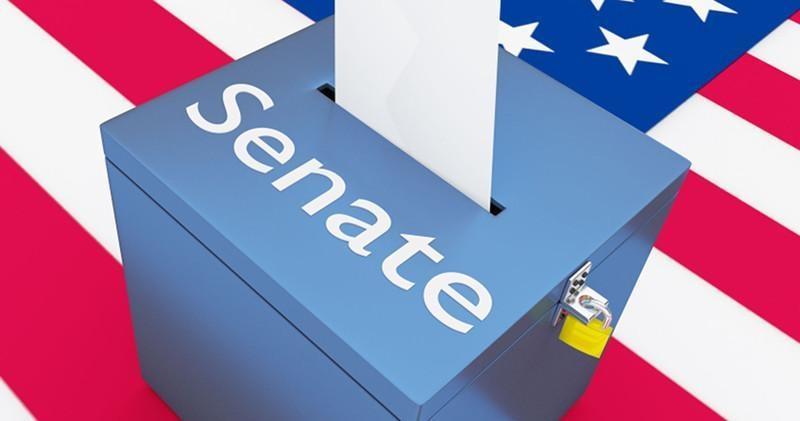
In 2014, Republicans took over nine Democratic Senate seats — the largest gain in two decades — and with them control of the chamber for the first time since 2006.
Six years, two Senate elections, and one presidential upset later, the Republican Senate majority teeters on an edge, as the same class of seats that cost Democrats control in 2014 faces another election.
But there are striking differences in the composition of this cycle’s Senate battlefield compared to the same class in 2014, differences that illustrate the larger political trends of the past decade.
In late October of 2014, Inside Elections (then The Rothenberg Political Report) rated 17 out of 36 Senate seats (including three special elections) as competitive or flips: 14 held by Democrats and 3 held by Republicans. In our latest ratings, from April 2020, there are 12 seats out of 35 (including two special elections) rated as competitive: 10 held by Republicans and two held by Democrats.
The combined Senate battlefields of 2014 and 2020 encompass 21 states that fall into three categories: states that had competitive races in both 2014 and 2020, states that were competitive only 2014, and states that were competitive only in 2020.
Consistently Competitive
Seven states appear on both the 2014 and 2020 competitive maps: Colorado, Georgia, Iowa, Kansas, Michigan, North Carolina, and Montana.
It includes swing states (Michigan, North Carolina, Iowa, and to a lesser extent Colorado), as well as states that are not competitive on the presidential level but have consistently elected members of both parties to statewide office (Kansas, Montana), and Georgia, a perennial Democratic target.
Most of these states are no stranger to...

